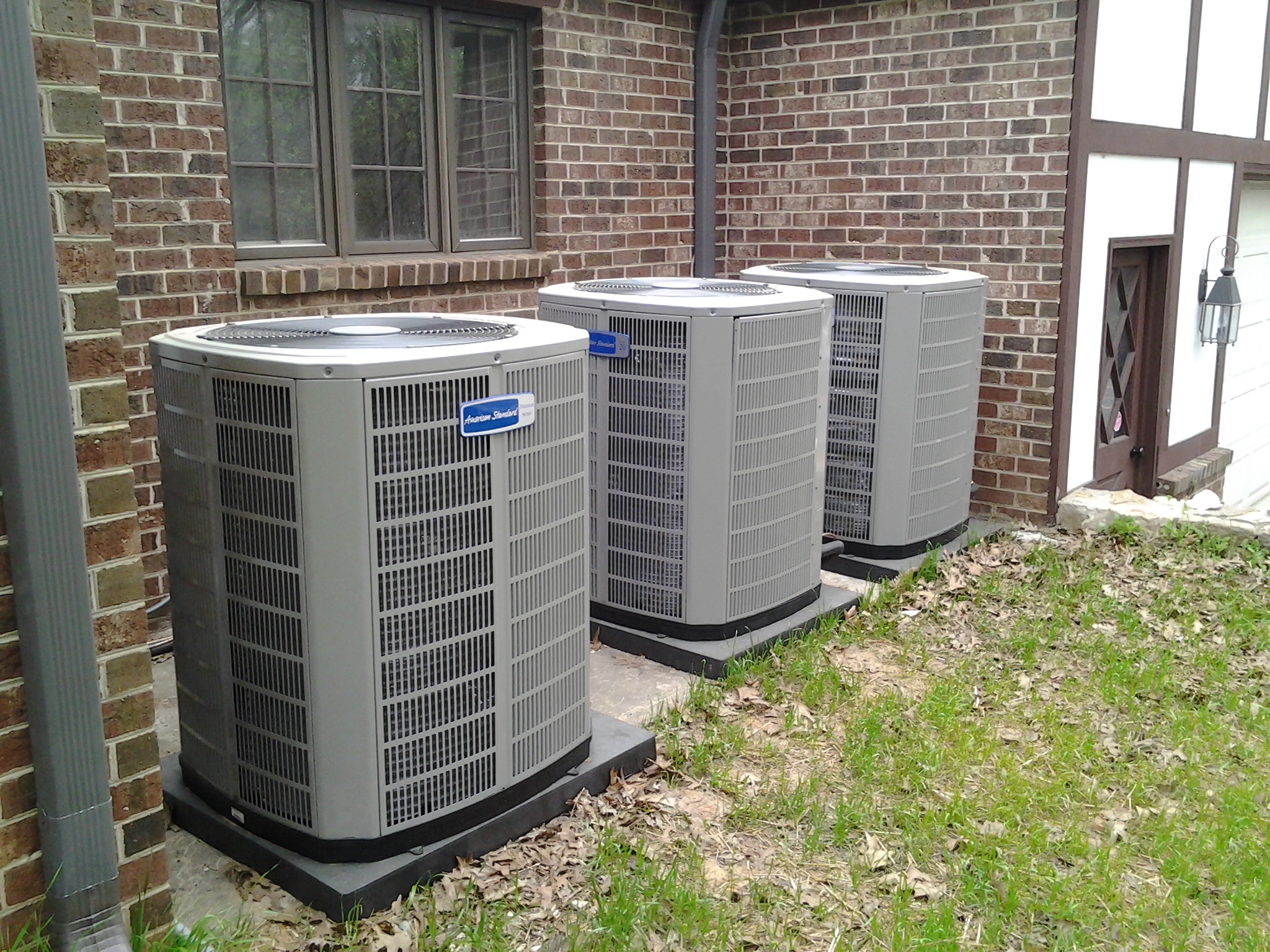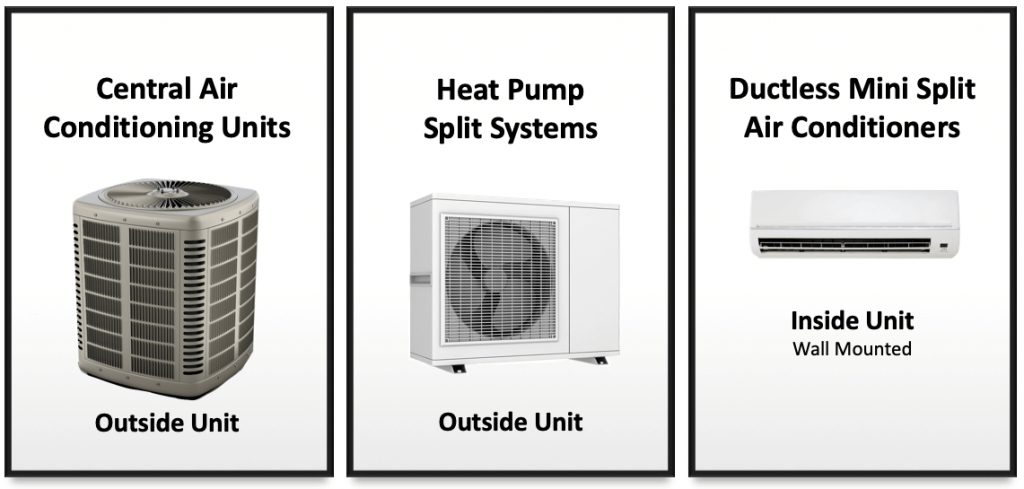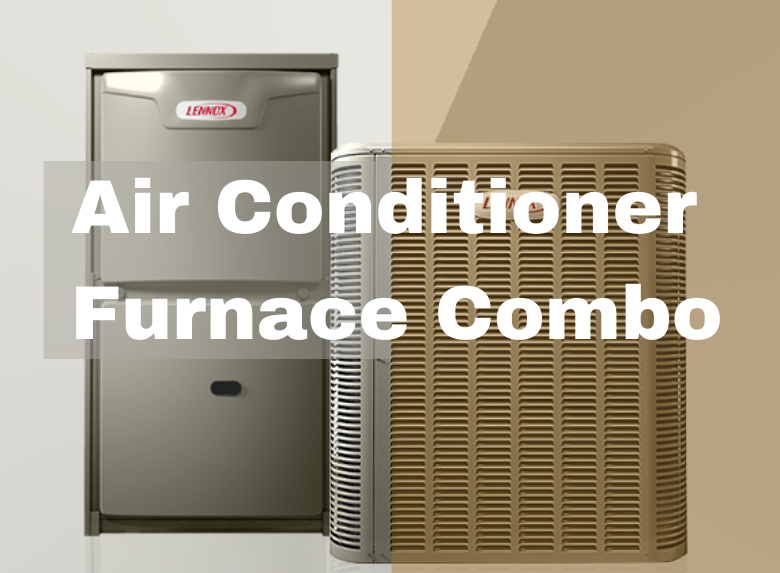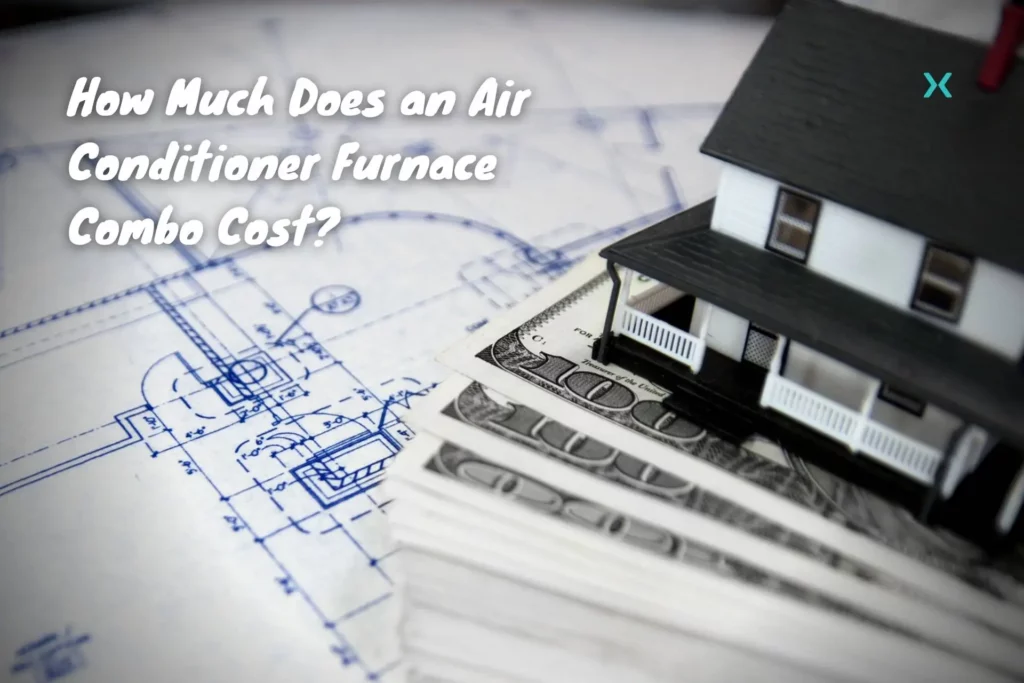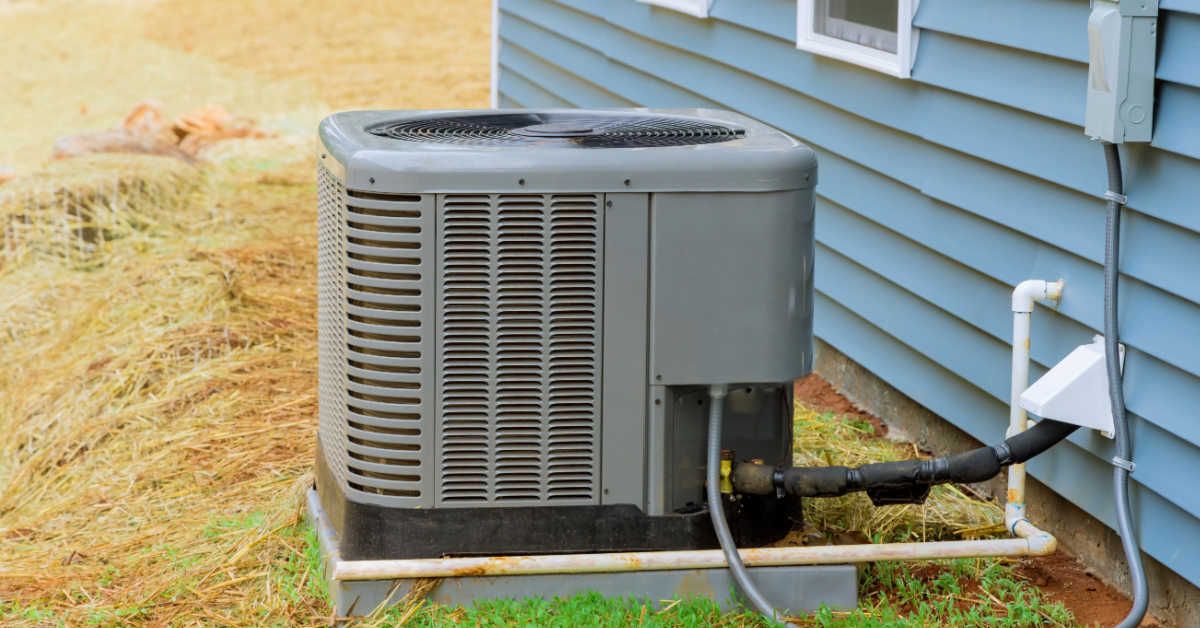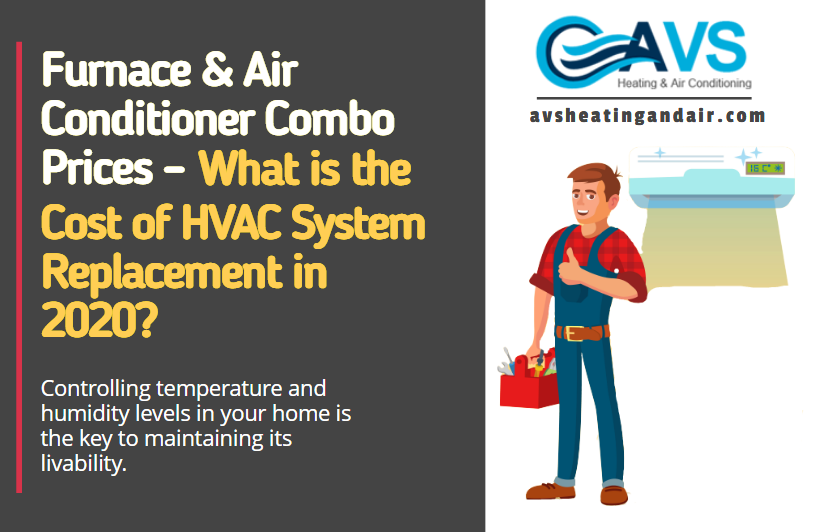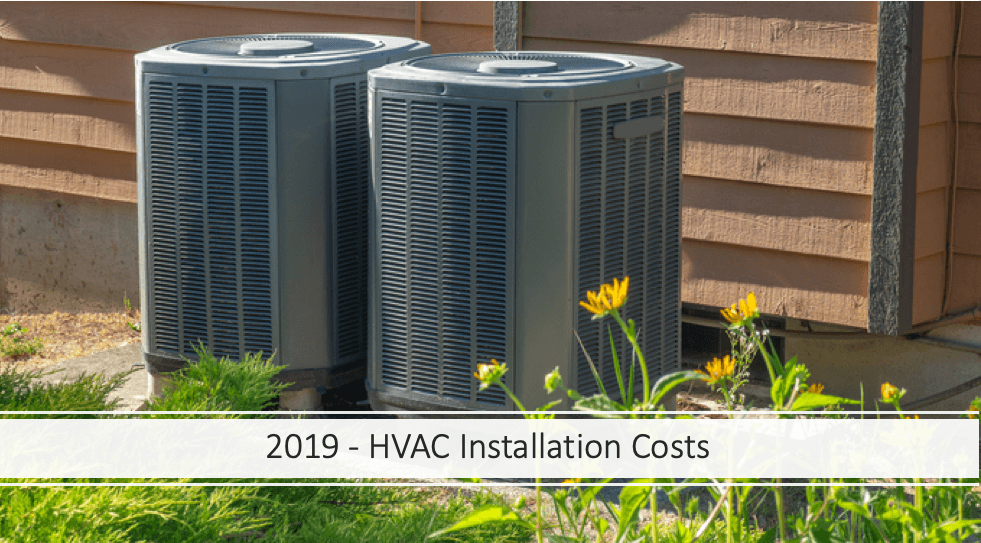Cost Of New Furnace With Air Conditioner
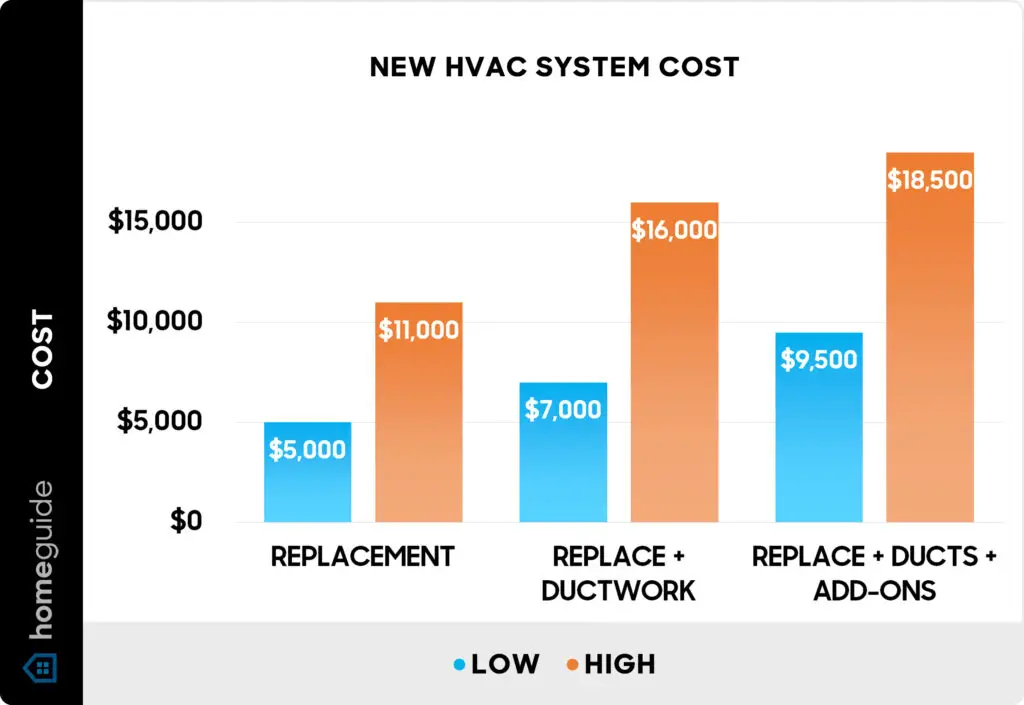
The Complete Guide to Furnace and Air Conditioner Costs: 2024 Edition
Replacing your furnace and air conditioner is a significant home improvement project. Understanding the costs involved is crucial for budgeting and making informed decisions. This comprehensive guide breaks down the expenses associated with new HVAC systems, helping you navigate the process with confidence.
Factors Influencing Furnace and Air Conditioner Costs
Several factors affect the final price of a new furnace and air conditioner. These include:
- System Size (BTU/H): Larger homes require more powerful systems, measured in British Thermal Units per hour (BTU/H) for furnaces and tons for air conditioners. A bigger unit equates to a higher price.
- Efficiency Ratings (AFUE, SEER, HSPF): Higher efficiency ratings translate to lower energy bills but often come with a higher initial cost. AFUE (Annual Fuel Utilization Efficiency) applies to furnaces, while SEER (Seasonal Energy Efficiency Ratio) applies to air conditioners and HSPF (Heating Seasonal Performance Factor) applies to heat pumps.
- Brand and Model: Well-known brands with advanced features often command a premium price.
- Installation Complexity: Replacing an existing system is typically less expensive than installing a new one where ductwork needs to be added or modified. Difficult access, asbestos abatement, and other unforeseen issues can also increase costs.
- Geographic Location: Labor costs and regional climate conditions can significantly impact pricing. Areas with colder winters or hotter summers might necessitate more robust and efficient systems.
- Contractor Choice: Quotes can vary significantly between HVAC contractors. Obtaining multiple estimates is essential.
- Additional Features: Smart thermostats, zoning systems, and air purifiers can add to the overall cost.
Average Costs: Furnace and Air Conditioner Combinations
The cost of a new furnace and air conditioner combination generally ranges from $4,000 to $12,000+, including equipment and installation. Here's a more detailed breakdown:
- Entry-Level Systems: These systems offer basic heating and cooling with lower efficiency ratings. Expect to pay between $4,000 and $7,000 installed. AFUE ratings around 80% for furnaces and SEER ratings between 13 and 14 for air conditioners.
- Mid-Range Systems: These offer a balance of efficiency and performance. Costs range from $7,000 to $10,000 installed. AFUE ratings between 80% and 95% and SEER ratings between 14 and 17.
- High-End Systems: These systems provide the highest efficiency and advanced features, such as variable-speed blowers and zoning capabilities. Expect to pay $10,000 or more installed. AFUE ratings of 95%+ and SEER ratings of 17+.
Furnace Costs Breakdown
Furnace costs vary based on fuel type (gas, oil, electric), efficiency (AFUE), and features.
- Gas Furnaces: The most common type, offering a good balance of cost and efficiency. Prices range from $2,500 to $7,000 installed.
- Oil Furnaces: Less common than gas furnaces, generally more expensive to operate due to higher fuel costs.
- Electric Furnaces: Cheaper upfront but can be more expensive to run in areas with high electricity rates. Usually range from $2,000 - $5,000 installed.
Air Conditioner Costs Breakdown
Air conditioner costs depend on size (tons), efficiency (SEER), and features.
- 1.5 - 2 Ton AC Unit: Suitable for small homes (under 1,000 sq ft). Costs range from $3,000 to $5,000 installed.
- 2.5 - 3 Ton AC Unit: Ideal for medium-sized homes (1,000 - 1,600 sq ft). Costs range from $3,500 to $6,500 installed.
- 3.5 - 5 Ton AC Unit: Best for larger homes (1,600+ sq ft). Costs range from $4,000 to $8,000+ installed.
Popular HVAC Brands and Models
Here's a comparison of some popular HVAC brands, highlighting their strengths and weaknesses:
- Carrier: A well-established brand known for its high-efficiency and innovative features. Offers a wide range of models to suit different needs and budgets. High end prices often reflect the brand name.
- Trane: Another top brand with a reputation for durability and reliability. Their XV series is particularly popular.
- Lennox: Known for its quiet operation and energy-efficient models. Can be pricier than other brands.
- Goodman: A budget-friendly option that offers good value for the price. May not have as many advanced features as other brands.
- Rheem: Offers a wide range of products with a focus on technology and energy efficiency.
Model Considerations: When comparing models, pay attention to the AFUE, SEER, and HSPF ratings. Look for models with features like variable-speed blowers, multi-stage compressors, and smart thermostat compatibility.
Understanding Efficiency Ratings: AFUE, SEER, and HSPF
These ratings are crucial for determining the long-term cost savings of your HVAC system:
- AFUE (Annual Fuel Utilization Efficiency): Measures how efficiently a furnace converts fuel into heat. A higher AFUE rating means less wasted fuel and lower heating bills. The minimum AFUE rating currently mandated is 80%. Look for models with 90% or higher for significant savings.
- SEER (Seasonal Energy Efficiency Ratio): Measures the cooling efficiency of an air conditioner. A higher SEER rating means lower cooling bills. The minimum SEER rating depends on your geographic location. Look for models with SEER ratings of 16 or higher for optimal energy savings.
- HSPF (Heating Seasonal Performance Factor): Used for heat pumps, measuring heating efficiency. A higher HSPF rating indicates better heating performance and lower heating bills.
Installation Costs and Considerations
Installation costs typically account for a significant portion of the total cost. Factors that influence installation expenses include:
- Ductwork: Replacing or modifying ductwork can add significantly to the cost.
- Electrical Work: Upgrading electrical panels or wiring may be necessary.
- Permits and Inspections: Local regulations often require permits and inspections, adding to the overall cost.
- Accessibility: Difficult access to the installation site can increase labor costs.
Getting Multiple Quotes
It's crucial to obtain at least three quotes from different licensed and insured HVAC contractors. Ask for detailed breakdowns of the costs involved, including equipment, labor, permits, and any additional fees. Don't just focus on the lowest price; consider the contractor's reputation, experience, and warranty offerings.
Warranties and Maintenance
Understanding the warranty coverage and maintenance requirements is essential for protecting your investment.
- Warranty Coverage: Most manufacturers offer warranties on their equipment. Typical warranties cover parts for 5-10 years. Some manufacturers offer extended warranties that cover labor costs as well. Register your equipment with the manufacturer to ensure you are covered.
- Maintenance: Regular maintenance is crucial for extending the life of your HVAC system and maintaining its efficiency. Schedule annual maintenance checks with a qualified HVAC technician. This includes cleaning coils, checking refrigerant levels, inspecting ductwork, and lubricating moving parts.
DIY vs. Professional Installation
Installing a furnace and air conditioner is a complex task that requires specialized knowledge and tools. It is generally recommended to hire a qualified HVAC professional. Improper installation can lead to safety hazards, reduced efficiency, and voided warranties.
Financing Options and Rebates
Consider financing options and rebates to help offset the cost of your new HVAC system.
- Financing: Many HVAC contractors offer financing options. Explore these options carefully, comparing interest rates and terms.
- Rebates: Check with your local utility company and state government for available rebates and incentives for energy-efficient HVAC systems. The federal government also offers tax credits for certain energy-efficient upgrades.
Long-Term Cost Savings
While the initial cost of a new furnace and air conditioner can be significant, the long-term energy savings can offset the investment over time. Higher efficiency systems can significantly reduce your monthly utility bills, saving you money year after year.
Making the Right Choice
Choosing the right furnace and air conditioner combination requires careful consideration of your needs, budget, and home's specific requirements. Consult with a qualified HVAC professional to determine the optimal system size and efficiency for your home. By understanding the costs involved and the factors that influence pricing, you can make an informed decision and invest in a system that provides comfort, efficiency, and long-term savings.

